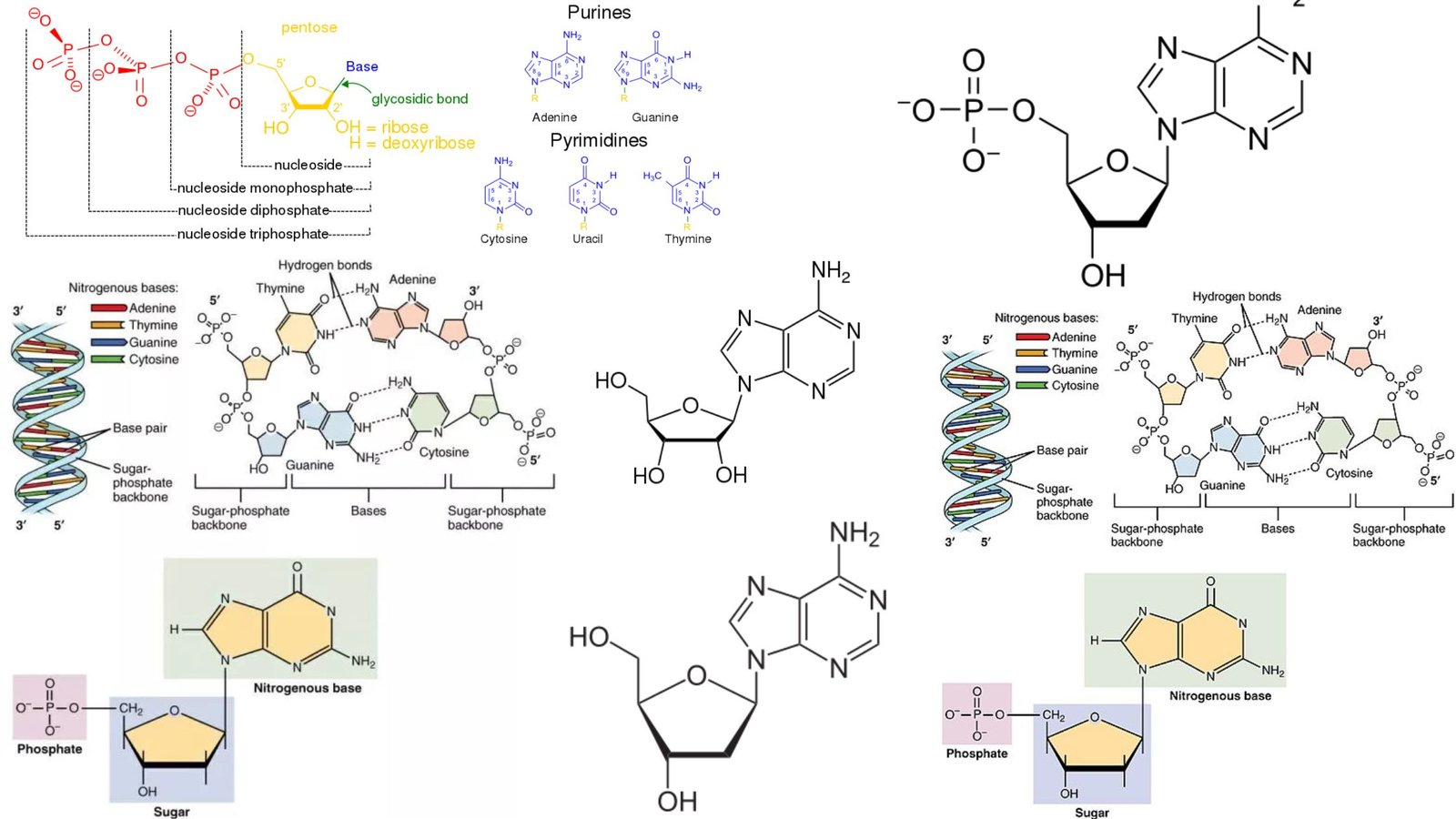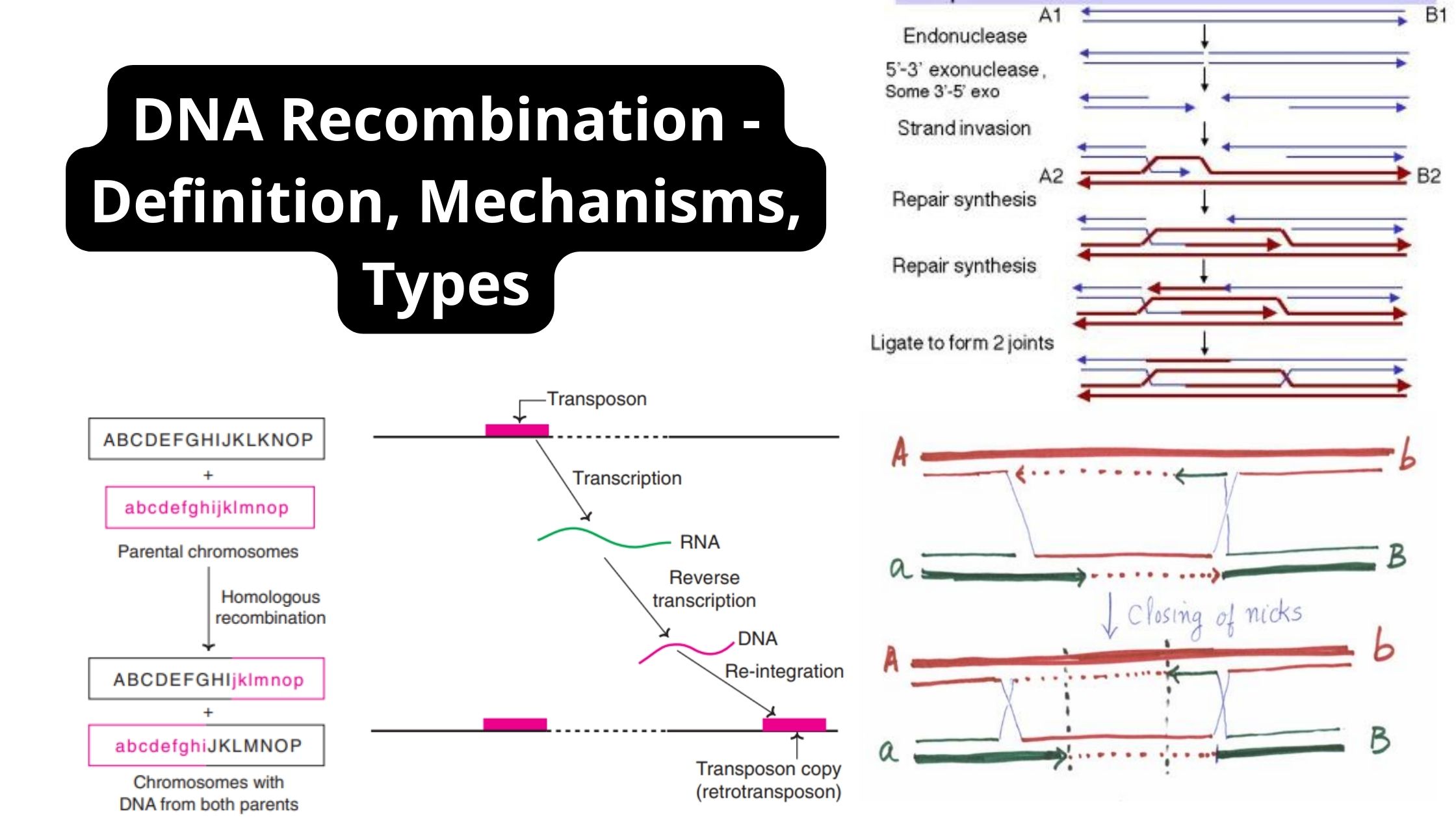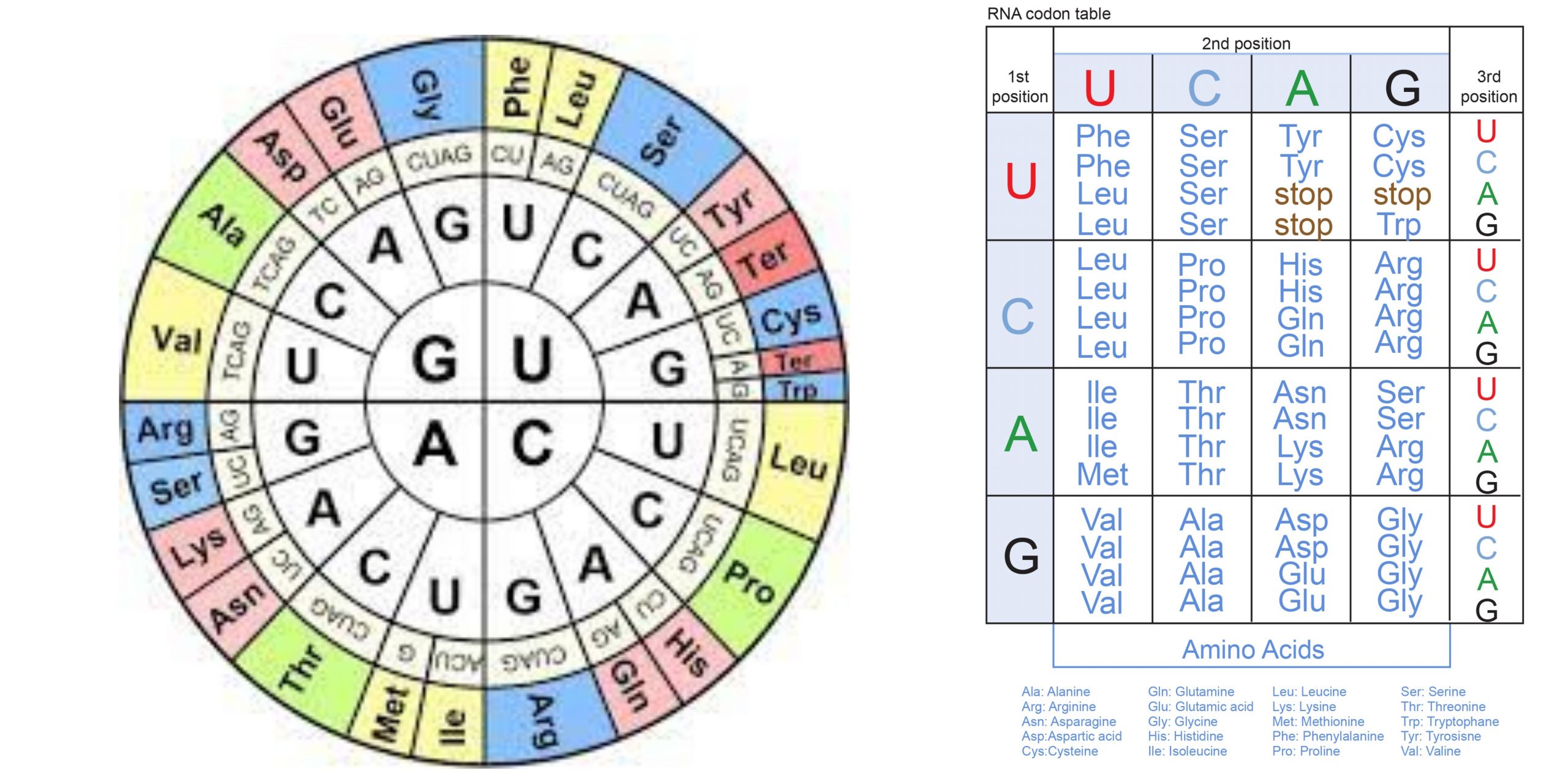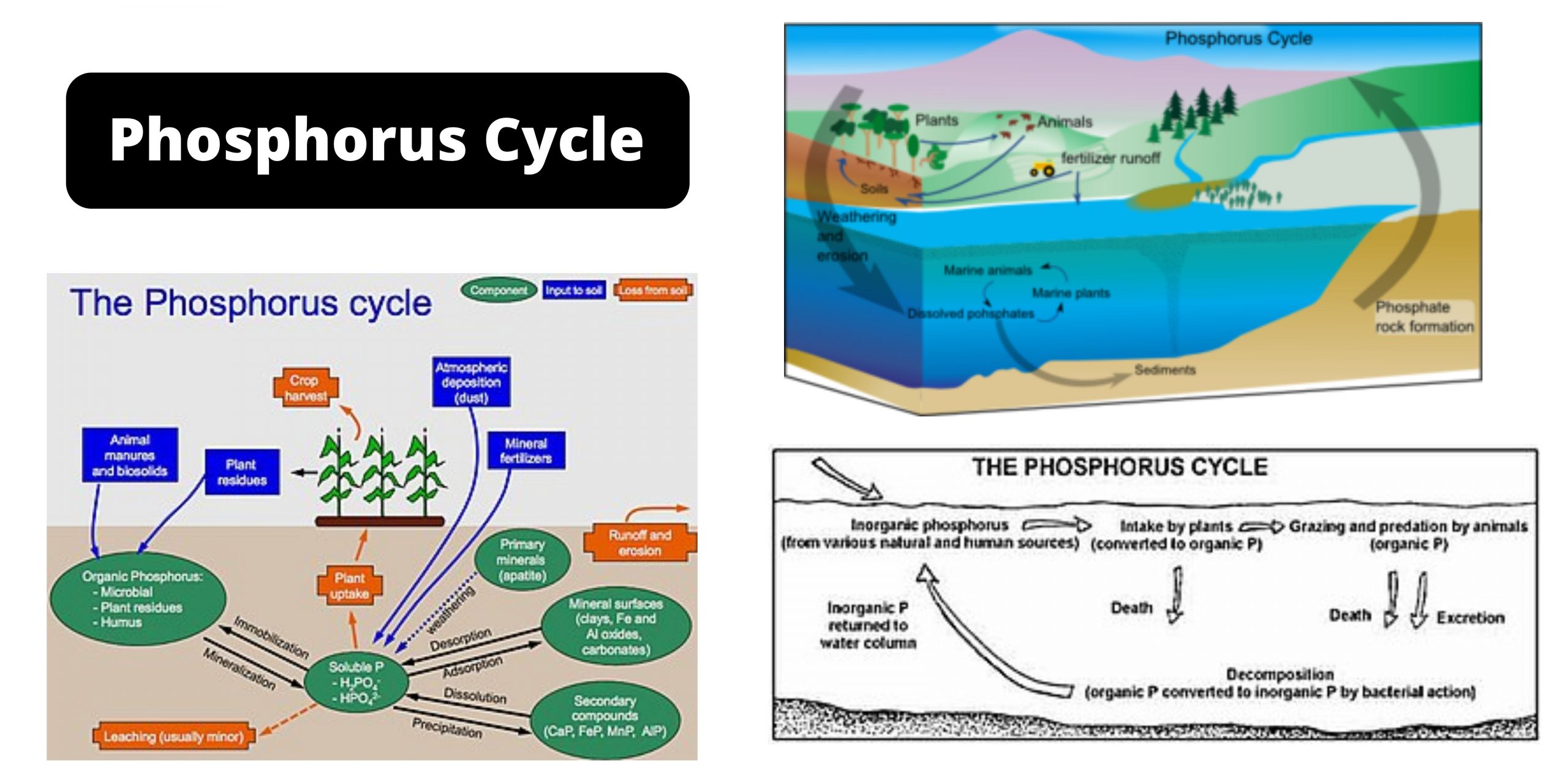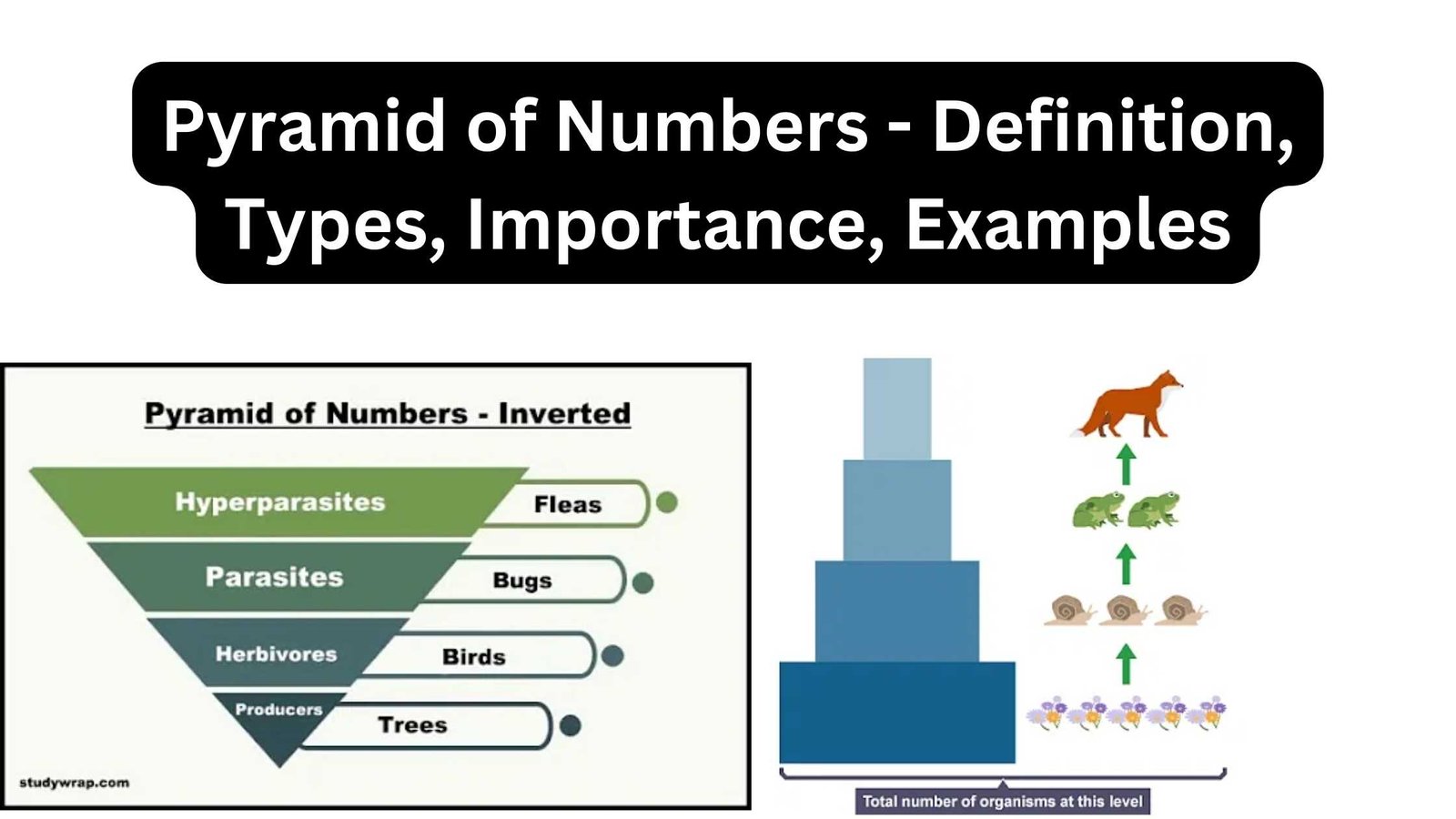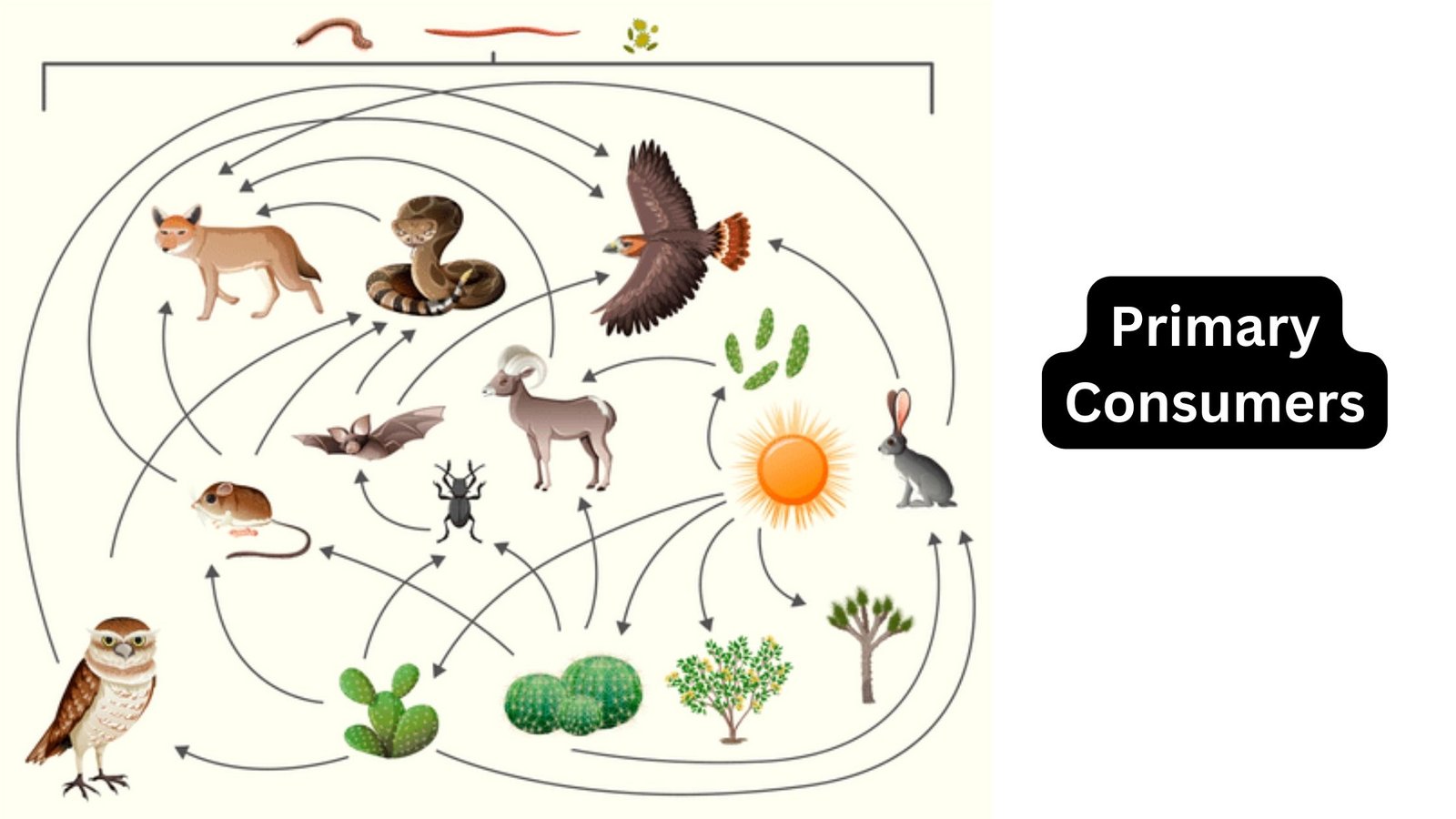Hershey–Chase experiment On DNA
Hershey–Chase experiment Experiment DNA as Genetic Material Observation Conclusion Why is DNA Considered a Genetic Material? It was found that DNA was the most important part of most species’ genes. There were some important exceptions, such as viruses whose genes were made of RNA. But what makes DNA different from other molecules that can be … Read more

